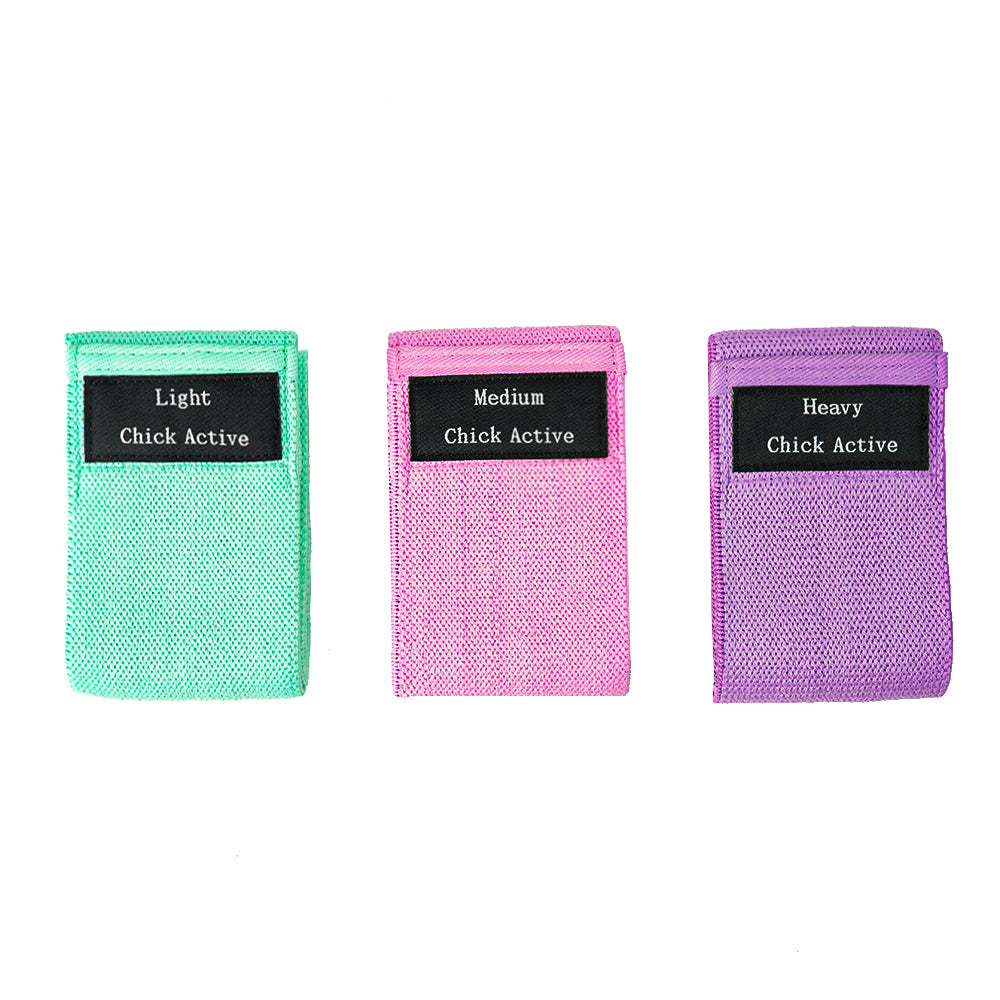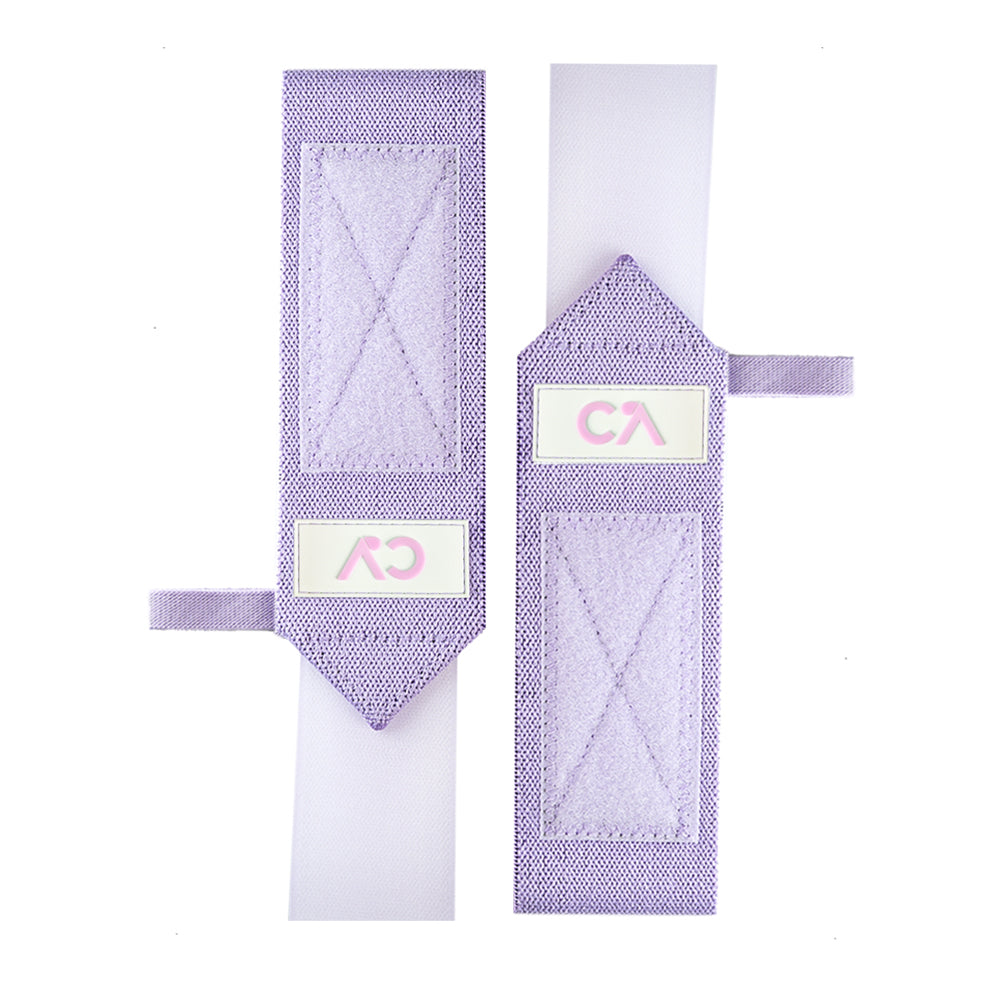If you've ever suffered from tight, sore muscles, chances are someone has recommended a TENS unit to you. But does a TENS unit relax muscles, or is it just another wellness gadget riding the wave of trendy recovery tools? The short answer: yes, a TENS unit can help relax muscles — but not in the way you might expect. Instead of directly stimulating the muscles to release tension, a TENS unit works through nerve pathways to reduce pain and promote conditions that allow the muscles to unwind. In this post, we're diving deep into the fascinating science of TENS therapy and its role in muscle relaxation.
Whether you're a weekend warrior with post-leg-day soreness, a desk worker plagued by neck tension, or someone navigating chronic pain, understanding how a TENS unit works could be a game-changer. Let's break it down, step by step.
What Exactly Is a TENS Unit?
Before we answer whether a TENS unit relaxes muscles, we need to understand what it is and what it isn't.
TENS Defined
TENS stands for Transcutaneous Electrical Nerve Stimulation. It's a small, battery-powered device that sends mild electrical impulses through electrodes placed on your skin. "Transcutaneous" just means "through the skin."
How It Works
The idea is that these electrical signals can interrupt or modulate the pain signals traveling to your brain, essentially acting as a sort of pain "gatekeeper." The unit usually has several modes and intensity levels, and the user can control pulse width, frequency, and strength.
Where You've Seen It
You might have seen TENS units used in physical therapy clinics, chiropractic offices, or even sold over-the-counter for home use. They're often marketed as non-invasive pain relief tools for various conditions like:
- Arthritis
- Sciatica
- Fibromyalgia
- Menstrual pain
- Lower back pain
- Muscle spasms
But does pain relief really equal muscle relaxation? Let's go deeper.
The Science of Muscle Tension and Relaxation
To understand whether a TENS unit can relax muscles, we need to look at how muscles work — and what causes them to stay tight.
Muscle Contraction 101
Muscles contract when they receive electrical signals from the nervous system. After contraction, they ideally return to a relaxed state. However, when you're under physical stress (like a workout), emotional stress (like anxiety), or injury (like strain or spasm), those muscles may stay in a contracted state longer than needed.
Why Muscles Stay Tight
Several factors can contribute to chronic muscle tension:
- Pain: When a muscle is injured or inflamed, it may tighten up to protect itself.
- Neurological feedback loops: Sometimes pain leads to tightness, which leads to more pain, creating a cycle.
- Lack of circulation: Tight muscles can restrict blood flow, which slows healing and increases soreness.
Muscle relaxation requires interrupting that cycle — which is where a TENS unit comes in.
Does a TENS Unit Relax Muscles? The Detailed Answer
Let's go straight to the core question: Does a TENS unit relax muscles?
Yes — But Indirectly
A TENS unit does not directly stimulate the muscle fibers to contract or relax. That's the job of a different type of device called EMS (Electrical Muscle Stimulation). Instead, TENS units target nerves, not muscles. However, by reducing the sensation of pain and calming nerve activity, TENS units create an environment where muscles can let go of tension.
How TENS Promotes Muscle Relaxation
Here's how the chain reaction works:
- Electrical impulses from the TENS unit stimulate the sensory nerves.
- These impulses block or distract the brain from pain signals.
- As pain perception decreases, the nervous system calms down.
- With reduced nerve activity, the muscles no longer feel the need to protect themselves by staying tight.
- Blood flow improves, healing accelerates, and muscles relax naturally.
It's not a brute-force approach — it's more like a neurological nudge in the right direction.
TENS vs. EMS: Know the Difference
Many people confuse TENS units with EMS devices, and it's easy to see why. Both use electrodes, both send electric pulses, and both are used for recovery. But the key difference lies in their target and purpose.
| Feature | TENS | EMS |
|---|---|---|
| Target | Nerves | Muscles |
| Purpose | Pain relief | Muscle strengthening/recovery |
| Muscle Contraction? | No | Yes |
| Used For | Chronic pain, nerve pain | Atrophy, post-injury rehab |
So, while EMS actively contracts muscles to help them strengthen or relax post-contraction, TENS works passively to allow relaxation by addressing pain and nerve input.
When Does a TENS Unit Help Muscles Relax?
The effectiveness of a TENS unit in relaxing muscles depends on the context. Here are some situations where it shines:
Muscle Spasms
Spasms are involuntary contractions of a muscle — often caused by injury, overuse, or electrolyte imbalances. TENS can relieve the pain and irritation surrounding the spasm, encouraging the muscle to release.
Post-Workout Recovery
Delayed Onset Muscle Soreness (DOMS) can leave you stiff and uncomfortable for days. While TENS won't flush out lactic acid or stretch the fibers, it reduces the soreness, allowing you to move more comfortably, which aids in recovery and eventual relaxation.
Chronic Pain and Tension
In conditions like fibromyalgia, tension headaches, or low back pain, muscles are often tight due to nerve-related pain signals. By targeting these signals, TENS can indirectly promote longer-term relief.
How to Use a TENS Unit for Muscle Relaxation
Using a TENS unit isn't difficult, but you'll get the best results if you use it correctly. Let's break it down step-by-step:
Step 1: Identify the Tension Area
Common areas include:
- Neck and shoulders
- Lower back
- Hamstrings or quads
- Calves
Step 2: Clean the Skin
Use alcohol wipes or mild soap and water. Dry thoroughly. Clean skin helps electrode pads stick and ensures better conductivity.
Step 3: Apply Electrodes Properly
- Place pads on either side of the sore or tense muscle — not directly on bones or joints.
- Maintain a gap of 1–2 inches between electrodes.
- Follow the muscle's natural fiber direction for best results.
Step 4: Choose the Right Settings
- Frequency: For muscle relaxation, lower frequencies (2–10 Hz) can activate the body's natural endorphins.
- Pulse width: 100–200 µs is typical.
- Intensity: You should feel a strong but comfortable tingling — never painful.
Step 5: Session Time
- 15 to 30 minutes per session is standard.
- You can use it 2–3 times a day if needed, but always follow your device's manual.
Step 6: Rest and Reassess
After your session, gently stretch the area, hydrate, and avoid overuse. Give the body time to process the effects.
Best Practices and Safety Tips
TENS therapy is generally safe, but you should keep a few things in mind:
- Never place electrodes on the front of the neck, eyes, or directly over the heart.
- Don't use TENS if you have a pacemaker or other implanted electrical devices.
- Avoid using TENS over broken, irritated, or numb skin.
- Pregnant? Talk to your doctor first — some women use TENS for labor, but placement matters.
Always consult your healthcare provider, especially if you're using TENS to manage a medical condition.
Limitations of TENS for Muscle Relaxation
Let's be real: TENS isn't a miracle device. It has its limits.
-
No Direct Muscle Action
It won't force a tight muscle to "let go" the way a massage or EMS might. -
Temporary Relief
The relaxation effect usually lasts for hours — not days. It's best used consistently, not as a one-time cure. -
Doesn't Address Root Causes
If your muscle tension is due to poor posture, vitamin deficiencies, or emotional stress, you'll need a more comprehensive plan.
Complementary Techniques
For maximum results, combine your TENS sessions with other muscle relaxation techniques:
- Gentle stretching
- Heat therapy
- Epsom salt baths
- Foam rolling
- Mindfulness or meditation
- Proper hydration and nutrition
Conclusion: Does a TENS Unit Relax Muscles?
So, does a TENS unit relax muscles?
Yes — but indirectly.
TENS therapy doesn't directly contract or stretch your muscles. Instead, it calms your nervous system, reduces pain, and creates the conditions for natural muscle relaxation. For people struggling with tight, achy, or stressed-out muscles, it can be a powerful piece of the puzzle — especially when paired with smart recovery strategies.
Whether you're dealing with post-workout soreness, chronic pain, or day-to-day stress, a TENS unit offers a drug-free, non-invasive way to feel better and move more freely.
So go ahead — plug in, relax, and give your muscles the break they deserve.










Leave a comment
All comments are moderated before being published.
This site is protected by hCaptcha and the hCaptcha Privacy Policy and Terms of Service apply.